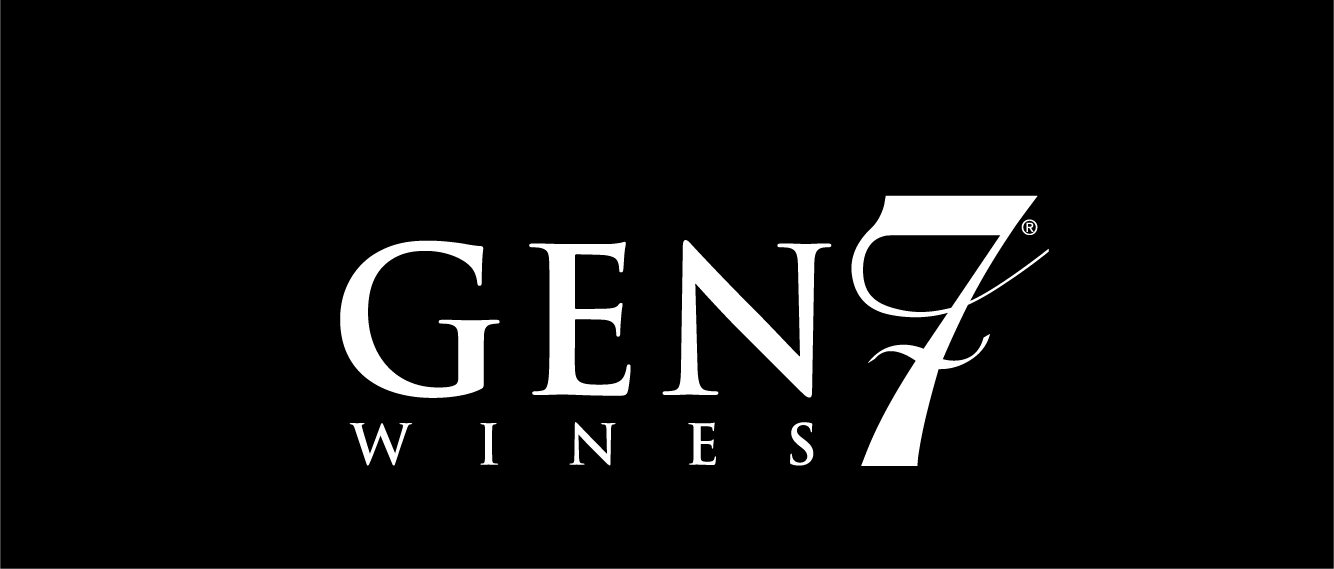What Makes a Wine “Reserve”?
In the world of wine, the term “Reserve” often evokes images of superior quality, meticulous craftsmanship, and exceptional aging. However, the meaning of “Reserve” can vary significantly depending on the country of origin and the winery’s practices. This article delves into the nuances of what “Reserve” signifies in different regions and how to discern its true value.
Understanding the “Reserve” Designation
Traditionally, “Reserve” wines were those that winemakers set aside—reserving them—for special occasions or extended aging. These wines typically came from the best barrels or vintages and were aged longer to develop complexity and depth. Over time, the term became associated with higher quality and exclusivity.
However, the use of “Reserve” on wine labels is not universally regulated, leading to varying interpretations across different countries and wineries.
Regulated Use of “Reserve” in Europe
In certain European countries, the term “Reserve” (or its local equivalent) is legally defined and indicates specific aging requirements and quality standards.
Spain: Reserva and Gran Reserva
Spain has stringent regulations for wines labeled as “Reserva” or “Gran Reserva,” particularly in renowned regions like Rioja and Ribera del Duero.
Reserva: Red wines must be aged for at least three years, with a minimum of one year in oak barrels. 
Gran Reserva: These are aged for at least five years, including a minimum of two years in oak and three years in the bottle.
These classifications ensure that the wines have undergone significant aging, contributing to their complexity and depth.
Italy: Riserva
In Italy, “Riserva” denotes wines that have been aged longer than their non-Riserva counterparts. The specific aging requirements vary by region and wine type. 
Chianti Classico Riserva: Aged for a minimum of 24 months. 
Brunello di Montalcino Riserva: Requires at least five years of aging.
Barolo Riserva: Must be aged for a minimum of five years.
These regulations ensure that Riserva wines offer enhanced complexity and aging potential.
Unregulated Use of “Reserve” in the New World
In contrast, many New World wine-producing countries, including the United States, Australia, and Chile, do not have legal definitions for the term “Reserve.” This lack of regulation means that wineries can use the term at their discretion, leading to varying interpretations.
For example, in the United States, “Reserve” may indicate a wine that has received special treatment, such as extended aging or selection from premium grapes. However, it can also be used purely for marketing purposes without any substantive difference from the winery’s standard offerings.
Consumers should be aware that, in these regions, the “Reserve” label does not guarantee higher quality and should look for additional information or reviews to assess the wine’s value.
Evaluating the True Value of “Reserve” Wines
Given the variability in the use of “Reserve,” it’s essential for consumers to consider several factors when evaluating such wines:
Region of Origin: In countries with regulated use, like Spain and Italy, “Reserve” indicates specific aging requirements and often higher quality. 
Winery Reputation: Established wineries may use “Reserve” to denote their premium offerings, reflecting careful selection and aging. 
Price Point: While not always indicative of quality, a significantly higher price for a “Reserve” wine may suggest additional investment in production.
Label Information: Details about aging, vineyard selection, and production methods can provide insight into the wine’s quality.
Reviews and Ratings: Consulting expert reviews or wine ratings can offer an external assessment of the wine’s quality.
Conclusion
In the diverse landscape of wine labeling, the term “Reserve” can vary in significance. At GEN 7 Wines, “Reserve” embodies a commitment to excellence and tradition. Founded by sixth-generation winemaker Tim Bacino, GEN 7 Wines emphasizes quality through meticulous grape selection and aging processes. Their Reserve wines are crafted from premium grapes sourced from esteemed California regions like Napa Valley, Sonoma, and the Central Coast, and aged in French oak barrels for 9 to 21 months . This dedication ensures that each Reserve bottle offers a distinctive and refined tasting experience.
For those seeking wines that reflect both heritage and craftsmanship, GEN 7’s Reserve selections stand as a testament to their enduring legacy and pursuit of perfection.
